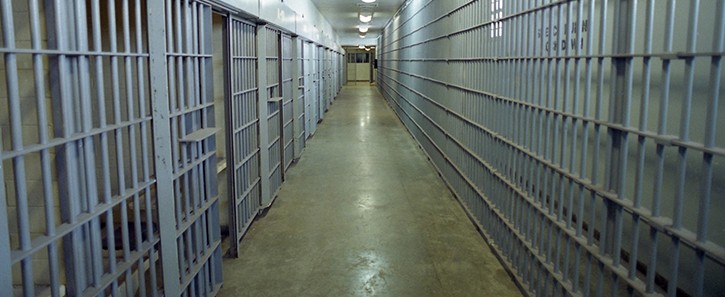
U.S. Open Border Policy Creates Crisis, Detention Centers Maxed Out as Numbers Climb

After rolling out the welcome mat for central American illegal immigrants, the Obama administration is scrambling to halt the flow because government detention centers and charity shelters are overwhelmed with the bombardment of migrants. In the fiscal year that ended in September, the U.S. Border Patrol detained 137,366 illegal aliens—women with children or minors—at the Mexican border who qualified to stay in the country under the president’s humanitarian crisis measure. That’s an eye-popping 90% increase from 2015, according to government figures.
In October, the first month of the new fiscal year, 46,195 individuals were apprehended on the southwest border compared to 39,501 in September and 37,048 in August, Department of Homeland Security (DHS) figures show. As a result, there are 41,000 individuals in immigration detention facilities, DHS Secretary Jeh Johnson revealed last week, when the number typically fluctuates between 31,000 and 34,000. Johnson has authorized Immigration and Customs Enforcement (ICE) to acquire additional detention space for single adults “so that those apprehended at the border can be returned to their home countries as soon as possible.” Johnson added that the U.S. has engaged with a number of countries to repatriate their citizens more quickly.
The open borders frenzy has clearly backfired and the administration appears to be scrambling to contain the crisis it created. “Our borders cannot be open to illegal migration,” Johnson proclaimed just a few days ago in a DHS announcement. “We must, therefore, enforce the immigration laws consistent with our priorities. Those priorities are public safety and border security.” The DHS secretary continued: “Those who attempt to enter our country without authorization should know that, consistent with our laws and our values, we must and we will send you back.” Additionally, DHS has launched a campaign to scare migrants out of making the trek north with videos featuring traumatized illegal aliens who made it and are currently in U.S. custody. The government is trying to clean up its own mess.
The influx of central Americans came after the administration did a fantastic job promoting a special program—in English and Spanish—for illegal aliens from El Salvador, Honduras and Guatemala who claim to flee violence. Media outlets throughout Latin America reported it widely and madness ensued. When droves of central Americans started appearing at U.S. ports of entry along the Mexican border, the administration tried to slow the pace by creating a program to pre-screen candidates before making the journey. Johnson said it was an alternative, safe and legal path to the United States for vulnerable individuals while combating human smuggling operations that had already brought in tens of thousands of illegal aliens. Officially this is known as Central American Minors (CAM) Refugee/Parole Program.
But it’s not just kids who qualify for the special parole, which is extended to those up to the age of 21. Family members are also eligible, including “unmarried children of the qualifying child or in-country parent who are under the age of 21” and members of the same household and economic unit as the qualifying child as well as the spouse of a remarried parent. How the U.S. government confirms any of this is anybody’s guess. In some cases, immigration authorities require DNA tests to prove biological connections between children and parents and Uncle Sam picks up the tab for that.
The number of foreigners filing asylum applications has skyrocketed in the last year and is about 10 times higher than it was before Obama became president, the Washington D.C.-based Center for Immigration Studies (CIS) revealed last month. Citing figures obtained from U.S. Citizenship and Immigration Services (USCIS), the nonprofit published a report stating that the increase in so-called credible fear claims follows a 2009 executive order that calls for such arrivals to be granted parole in the U.S. while they pursue asylum. “Judging by current approval statistics from the immigration courts, ultimately few will be found qualified for asylum, but nearly all are allowed into the country, and they are not considered a priority for deportation under current policy,” CIS writes.















